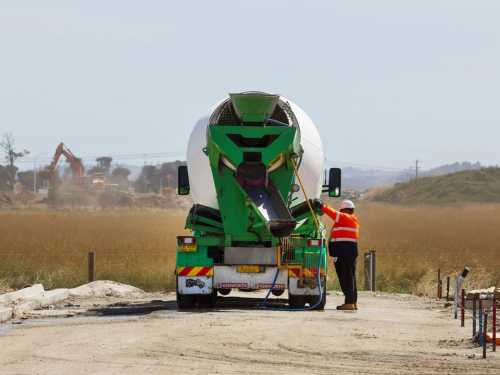
WASHINGTON (Sputnik) – The United States has been clear that any firms working in the Russian energy export pipeline sector face sanctions risk, a US Department of State spokesperson said in statement.
“The United States opposes the proposed Nord Stream 2 project,” the spokesperson said on Wednesday. “While we do not comment on potential future sanctions actions, we have been clear that firms working in the Russian energy export pipeline sector are engaging in a line of business that carries sanctions risk.”
The State Department believes Russia’s Nord Stream 2 pipeline would undermine Europe’s overall energy security and stability by providing Moscow with another tool for the political coercion of European countries, the State Department spokesperson said.
Moreover, Russia knows that its pipeline project is dividing Europe and will use the division to its advantage, the spokesperson added.
Earlier on Wednesday at the NATO Summit in Brussels, US President Donald Trump criticized Germany for working on the Nord Stream 2 pipeline with Russia and for buying Russian oil and gas.
Trump said heavy reliance on Russian oil and gas supplies was “inappropriate,” and urged NATO to discuss the “billions and billions of dollars” paid to Moscow. Moreover, Trump also called Germany “a captive” of Russia.
German Chancellor Angela Merkel pushed back at Trump’s comments, telling reporters that Germany is not controlled by Russia and makes its own independent decisions and policies. Merkel added that her experience growing up in East Germany meant she did not need lessons from Trump in dealing with authoritarian regimes.
Nord Stream 2 is a joint venture of Russian energy giant Gazprom and France’s Engie, Austria’s OMV AG, UK-Denmark’s Royal Dutch Shell, and Germany’s Uniper and Wintershall. The pipeline will run under the Baltic Sea from the Russian coast to a hub in Germany, and have an annual capacity of 55 billion cubic meters. The pipeline is expected to be put into operation by the end of 2019.
Sourse: sputniknews.com






